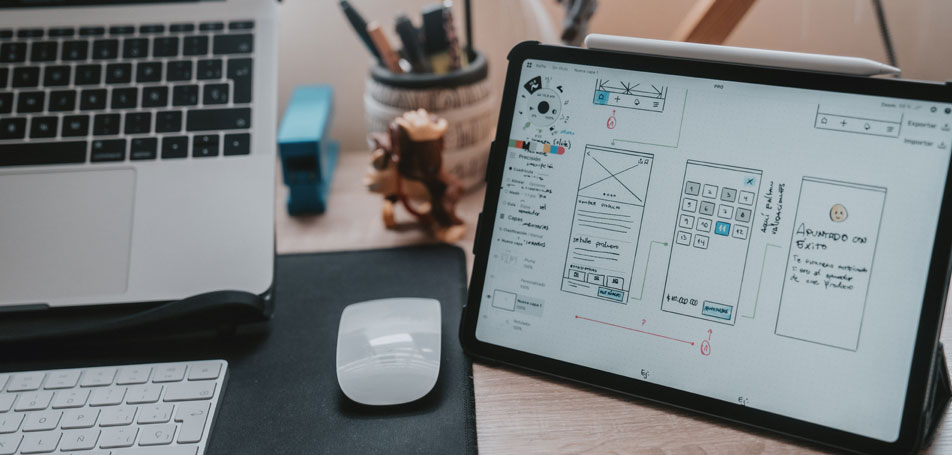
Do the designs for your brand reflect your company persona? The most successful brands present a consistent image across any platform they appear. At the same time, you have to consider versatility for different digital backgrounds, print ads and varied sizes.
Although there isn’t a recent number for the frequency the average person sees ads, the total is in the thousands per day. According to eMarketer, total digital ad spending is around $455 billion. In addition to online ads, people also encounter billboards, radio, television and mail promotions.
If you wish to make an impact in a sea of ads, you have to stay true to your brand and create versatility to reach people across multiple mediums. Here are some of the things to keep in mind to create versatile designs for your brand.
1. Format for Scalability
When you create designs for your brand, you must consider the scalability and if the image functions as well on a large banner in front of your store as it does as a small profile image on a social media page.
You’ll need something with a high resolution so it looks clear in larger sizes without that fuzzy edge you sometimes see. The format also matters as some types of files size up and down more easily, such as SVG.
Talk to the companies you advertise with and find out what their format preferences are. You may want to save a design in multiple formats to ensure quality.
2. Add Essential Information to Designs for Your Brand
Add details to any signage to showcase what you offer and why people should shop with you. Studies show 80% of American consumers were more likely to buy for the first time when a brand offered a discount. Know your audience and what they care most about. Include the value your brand offers on signage and in ads.
3. Design for Visibility
A beautiful design is also highly readable. Think about the use of the design. Will the person look at a sign up close or from far away? The spacing you use for a billboard will vary greatly from the spacing you use for a directional sign inside your store.
Make sure the colors you use have enough contrast. Step back from the computer screen to see how a design appears from across the room. Think about the many uses and make adjustments as needed to keep your design legible.
4. Tap Into Emotions
MedicineNet recently shared some insight on the psychology of color and modern buyer behavior. In general, red signified passion and excitement. However, it could also have negative associations with fire, danger and violence. The person’s family traditions and upbringing impact how they see colors, so knowing your target audience well is a must.
Think about the pain point driving your customer to your site. What emotions are behind their issues? Use that information to counteract fear and other negative emotions by using colors within the designs for your brand to adjust the user’s mood.
5. Create Multiple Versions
When you’re making designs for your brand, create several versions. Adjust the spacing, make a black and white or grayscale version and think about how you might have to adapt the sizing. For example, if you create a banner for Facebook, you may need to adapt it for use on LinkedIn. How will the sizing change? It might be easier to create multiple versions from the start.
Think Ahead
The key to creating versatile designs for your brand is thinking about all the possible uses for the image. At a minimum, you should save the files in a format that is easy to edit and sizes up and down easily.







